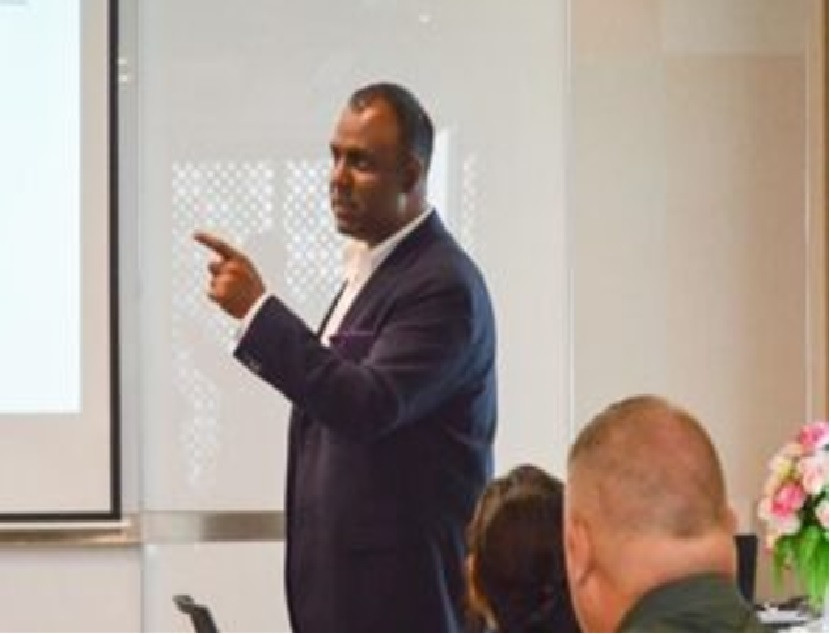Conflicts are inevitable, but battles are optional. In today’s fast-paced world, disputes arise in business, family, and community life more than ever before. While litigation often leads to prolonged stress and expenses, mediation offers a constructive alternative. Mediation focuses on mutual agreement rather than adversarial confrontation, making it one of the most effective approaches for sustainable conflict resolution. The main argument of this article is that structured mediation training, supported by professional dispute resolution centres, is transforming the way conflicts are managed in India.
The Growing Significance of Mediation
Mediation has emerged as a globally recognized method of resolving disputes outside the traditional courtroom. It not only saves time but also preserves relationships that could otherwise be strained by litigation. For India, where court cases are often delayed for years, mediation offers a timely solution. Professional training programs such as Civil Mediation Training are designed to equip individuals with the essential skills to guide parties toward constructive agreements. These programs are particularly valuable for legal professionals, human resource managers, and community leaders who regularly encounter conflicts. The emphasis on communication, negotiation, and emotional intelligence makes mediation training a cornerstone in modern conflict management strategies.
Role of Dispute Resolution Centres
To make mediation accessible and reliable, dispute resolution centres play a pivotal role. They provide structured frameworks, trained professionals, and standardized practices to ensure fair outcomes. One prominent institution in India is the Chennai Dispute Resolution Centre, CDRC services which has built a reputation for offering efficient and impartial services. Centres like these give individuals and businesses confidence in the process, as mediators are not only trained but also operate within ethical and professional guidelines. Their role ensures mediation is not just an informal conversation but a structured process leading to legally acceptable resolutions.
Education and Certification Opportunities
The increasing demand for trained mediators has led to the establishment of specialized courses. A Mediation Certificate Course India provides participants with both theoretical knowledge and practical exposure to real-life disputes. Through such courses, individuals learn to balance fairness with creativity, ensuring solutions are mutually acceptable. Certification adds credibility, enabling mediators to be recognized by courts, corporates, and dispute resolution bodies. The growth of such courses reflects India’s gradual but steady shift towards alternative dispute resolution methods, which are faster and often less adversarial than litigation.
Practical Considerations in Arbitration
While mediation focuses on cooperation, arbitration remains another widely used alternative dispute resolution process. It involves appointing an arbitrator whose decision is legally binding. However, one of the most frequently asked questions is How to Calculate Arbitrator Fee. The fee structure depends on various factors, including the claim amount, the complexity of the dispute, and the applicable institutional rules. Transparent calculation of fees ensures that arbitration remains cost-effective and accessible. By understanding this aspect clearly, parties can avoid misunderstandings and make informed decisions about choosing arbitration as a method of resolution.
Conclusion: A Path Toward Constructive Resolutions
In conclusion, the landscape of dispute resolution in India is undergoing a vital transformation. Structured programs like Civil Mediation Training, the credibility offered by centres such as the Chennai Dispute Resolution Centre, and opportunities like a Mediation Certificate Course India are shaping a future where conflicts are managed more effectively. Practical awareness, including aspects such as How to Calculate Arbitrator Fee, adds to the transparency and trust in these processes.





Comments